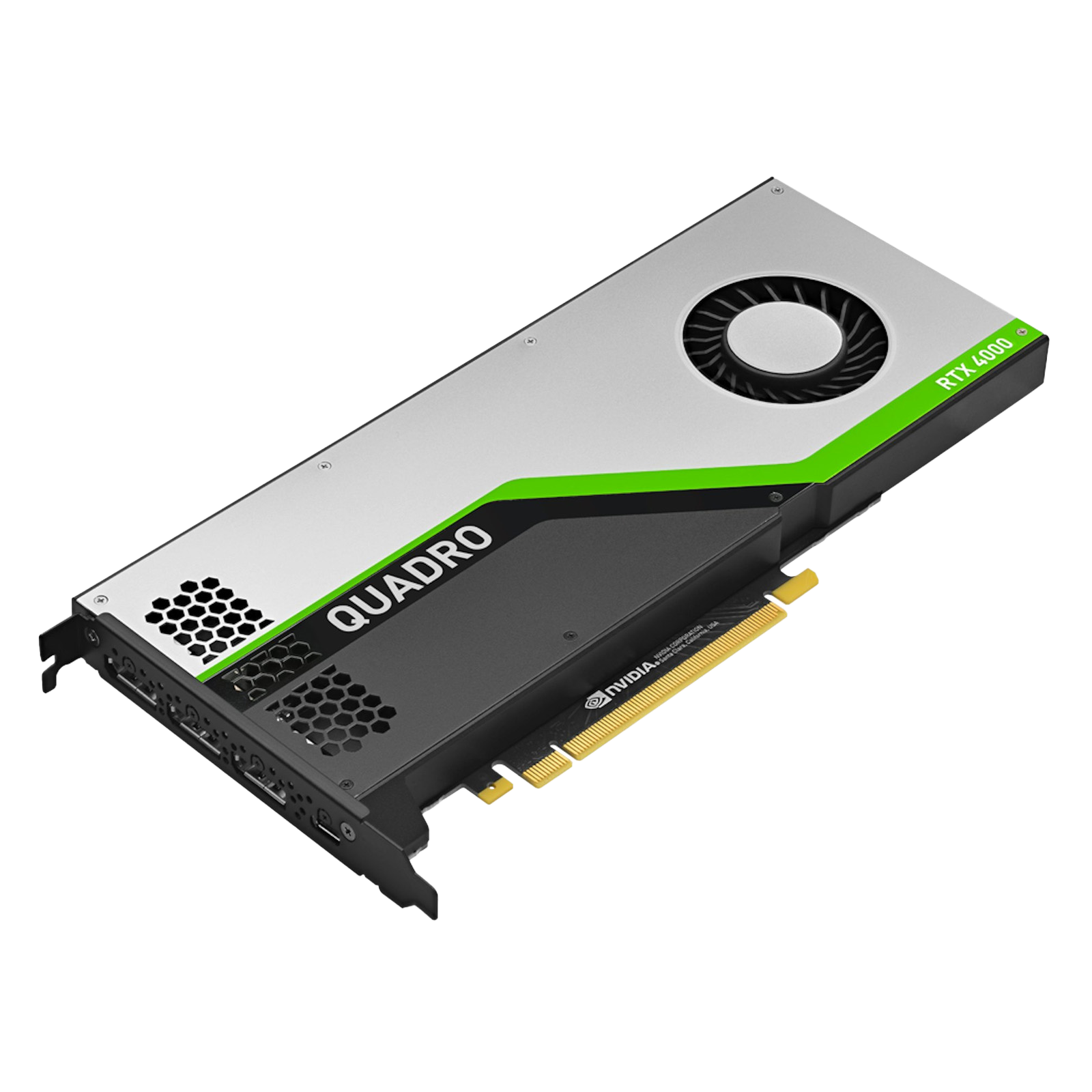Dedicated Graphics Cards

Choosing the right graphics card
Graphics cards, or GPUs (Graphics Processing Units), are essential components in modern computing. They handle the rendering of images, video, and animations, enabling everything from basic graphical displays to complex 3D environments. The right graphics card can significantly enhance your computer's performance in various tasks, from gaming and video editing to scientific computing and machine learning.
Selecting the right graphics card depends on your specific needs and budget. Consider what tasks you will be performing and how much you are willing to invest. From enhancing everyday computing to tackling the most demanding professional tasks, there's a graphics card tailored for every requirement.
When selecting a graphics card, consider the following factors:
Software Compatibility: Ensure the card is certified for your chosen software.
Project Complexity: Match the card to the size and complexity of your projects.
Budget: Determine your budget and choose a card that offers the best performance within that range.
Future Needs: Consider potential future requirements to ensure your card remains relevant.
Hardware compatibility: Ensure your chosen card is compatible with your motherboard and have a sufficient PSU for your setup.
What are integrated graphics?
Integrated graphics are built into the CPU, providing basic graphical capabilities without the need for a separate graphics card. They are sufficient for everyday tasks but lack the power for demanding applications. They are suitable for web browsing, office applications, and media playback & are Ideal for devices where power consumption and heat generation need to be minimized, such as laptops and ultrabooks.
- Entry-Level Graphics Cards
- Mid-Range Graphics Cards
- High-End Graphics Cards
- Enthusiast and Flagship Graphics Cards
Entry-level graphics cards are ideal for users seeking a balance between cost and performance. They offer enhancements over integrated graphics and are suitable for basic gaming and CAD tasks.
Examples:
Gaming: NVIDIA GeForce GTX 1650, AMD Radeon RX 6500 XT
CAD: NVIDIA Quadro P620, AMD Radeon Pro WX 3200
Uses:
Casual Gaming: Play less demanding games at lower settings.
Basic CAD Work: Handle 2D drafting and small to medium-sized 3D models.
Multimedia and General Computing: Improve video playback and general graphical tasks.
Mid-range graphics cards provide a significant performance boost and are suitable for more demanding gaming and CAD applications. They strike a good balance between cost and capability.
Examples:
Gaming: NVIDIA GeForce RTX 3060, AMD Radeon RX 6700 XT
CAD: NVIDIA Quadro RTX 4000, AMD Radeon Pro W5700
Uses:
1080p to 1440p Gaming: Play modern games at high settings.
3D Modeling and Rendering: Work with large and detailed models.
Virtual Reality: Support VR applications for both gaming and professional use.
High-end graphics cards deliver top-tier performance for the most demanding tasks, whether it's gaming at ultra settings or handling complex CAD projects.
Examples:
Gaming: NVIDIA GeForce RTX 3080, AMD Radeon RX 6900 XT
CAD: NVIDIA Quadro RTX 6000, AMD Radeon Pro W6800
Uses:
1440p to 4K Gaming: Enjoy smooth gameplay at ultra settings and high resolutions.
Advanced CAD Applications: Perform complex simulations and high-resolution rendering.
Ray Tracing and AI Features: Utilize the latest technologies for enhanced visuals and performance.
These are the pinnacle of graphics card technology, offering unmatched performance for the most intensive gaming and professional tasks.
Examples:
Gaming: NVIDIA GeForce RTX 4090, AMD Radeon RX 7900 XTX
CAD: NVIDIA Quadro RTX A6000, AMD Radeon Pro VII
Uses:
4K and Beyond Gaming: Experience gaming at the highest settings and resolutions.
Extreme CAD Projects: Handle the largest and most complex models and simulations.
Real-Time Ray Tracing and AI Enhancements: Achieve the best possible image quality and performance.
